Teach Holidays Around the World in December
Teaching holidays around the world in December is a great learning experience to leave a lasting impression on our children! Obviously, our students are familiar with Christmas in America, but what about other countries? Quickly teach holidays around the world with a lapbook this year.
Holidays Around the World in December
American Christmas Traditions
First, American Christmas traditions are easy for us to teach because our students already have prior knowledge about this topic. Nevertheless, I like to use these fun inserts and have students place them in this foldable coffee mug.
Canadian Christmas Traditions
Next up on our trip around the world this December is Canada. Luckily, Canadian traditions in December around Christmas are similar to American traditions in many ways, but they do differ. Ultimately, like many traditions, they can vary depending on family heritage. Similar to Americans, Canadians send Christmas cards, decorate their homes with trees and stockings, and some say Santa Claus actually originated in Canada. Different from Americans, these children eat many traditional desserts such as plum puddings, mincemeat tarts, and Christmas Cake. Tobogganing is another fun adventure to go on during a ski day!
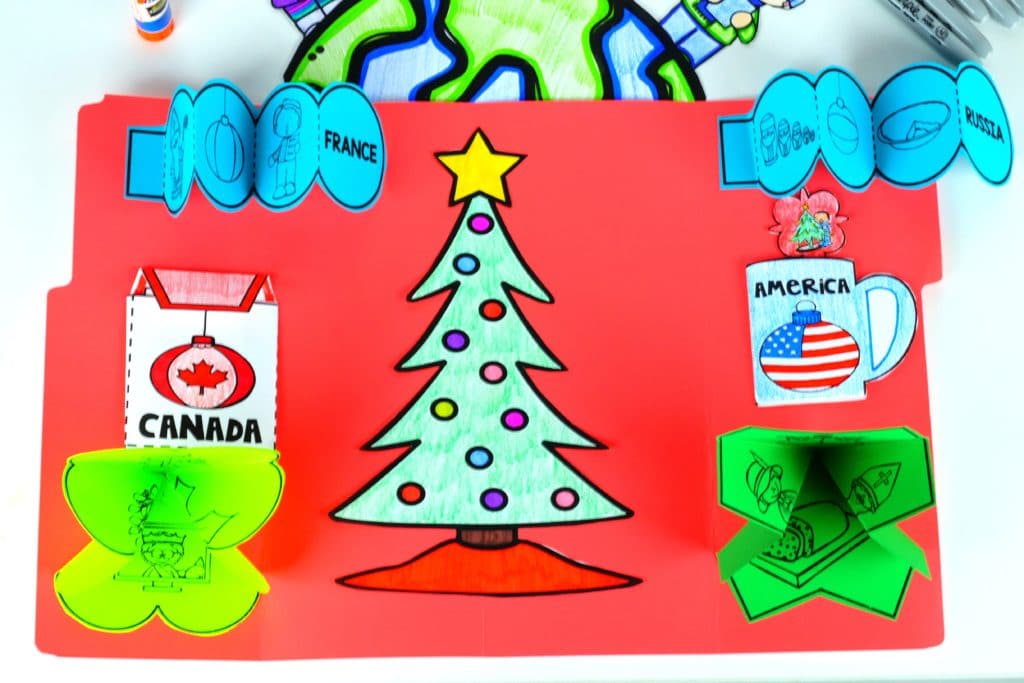
Teach December Holidays Around the World by traveling to different places and learning their traditions.
UK Holidays in December
England is very unique around December with its very wet and soggy environment. However, children in the United Kingdom don’t let that dampen their holiday spirit! To decorate their homes, families in the UK use traditional items like mistletoe, holly, and ivy. One of the most unique traditions in the world happens on Oxford Street when the holiday lights are turned on for all to see. Children in England write letters to Santa, but instead of mailing them like American children do, English children burn their letters in the fireplace so the smoke can carry their Christmas wish list to St. Nick. Lastly, the Queen always gives a Christmas message titled, “The Queen’s Christmas Message” that is broadcast nationally and internationally on television.
German Holidays in December
The celebration begins in Germany on St. Nicholas Eve, December 5th, with children placing a shoe outside their door. Saint Nicholas is a saint who watches over the children and brings sweet treats to those children who do good throughout the year. Germans also have Advent wreaths and Christmas trees like Americans. Christmas Eve is referred to as “Dickbauch” and means a time to stuff your belly as full as you can!
Italian Holidays in December
Next on our journey, let’s travel over to Italy! Number 1 on Italy’s list of traditions is the crib known as the Nativity Scene. These cribs are also known as “Presepe Napoletano” and date back to 1025! One popular holiday food in Italy is the “panforte,” which is a traditional and chewy dessert.
Holiday Traditions in France
Caroling is a wonderful tradition the children of France enjoy! Unlike in the US, children in France call Santa Claus by different names such as Saint Nicholas or Father Christmas. A popular dish eaten in France during the holidays is “buche de noel,” which is a Christmas cake shaped like a log!
Christmas in Russia
Christmas hasn’t always been easy to celebrate in Russia. Prior to 1991, many children did not have the opportunity to celebrate this holiday. Nowadays, Christmas is celebrated and delightful! Unlike our typical celebration of December 25th, Russia celebrates Christmas on January 7th. Although it may sound odd, old calendars actually have this date as the day of celebration beginning with Advent and going for 40 days. Russian Santa Dolls are a popular gift item and are often on display in homes. Finally, Kulebyaka is a popular dish eaten in Russia that means Russian fish pie.
Holiday Traditions in Mexico
The last stop on our trip around the world is Mexico. One of Mexico’s most well known traditions is the “Posadas.” Posada means “lodging” in English, and these processions, in which children participate, are used as a way to decorate homes. Children are given candles and candy as part of the celebration.
Leave a Reply Cancel reply
This site uses Akismet to reduce spam. Learn how your comment data is processed.
Behind-the-Scenes Secrets to TPT Success
This training will not only show you how to make the perfect TPT resource...
l'll also teach you how to make sure it ranks #1 in search (because getting found is how you get paid!) and the secret to rocking your resource marketing!
Seats are limited; sign up now!
3 Steps to Sell Your Resources Like Hotcakes on TPT and Beyond…
save me a spot!
FREE WEBINAR
In this training, I'll show you how to build an online membership in 90 days, so you can have consistent income (in addition to your teaching salary) all year long!
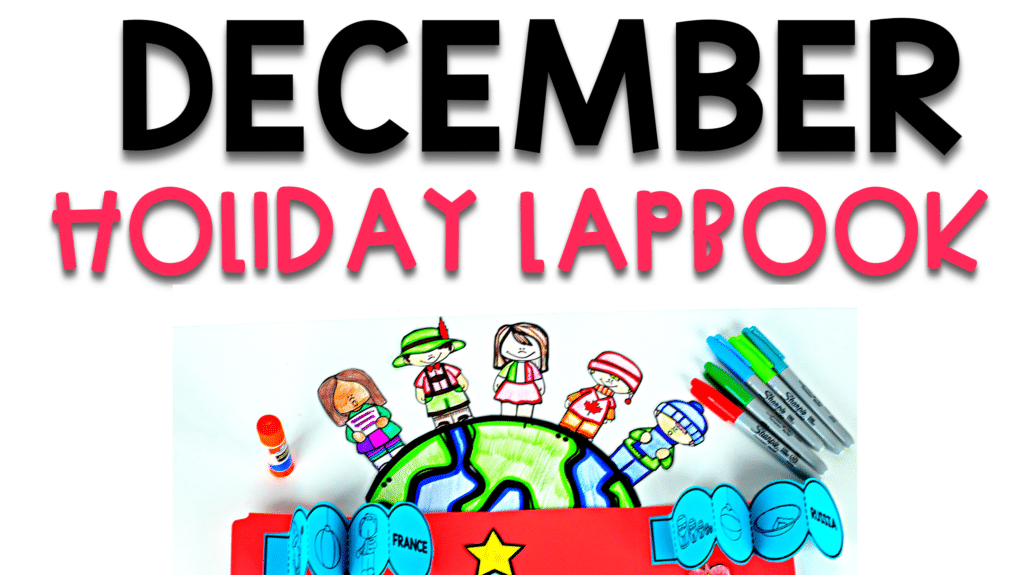


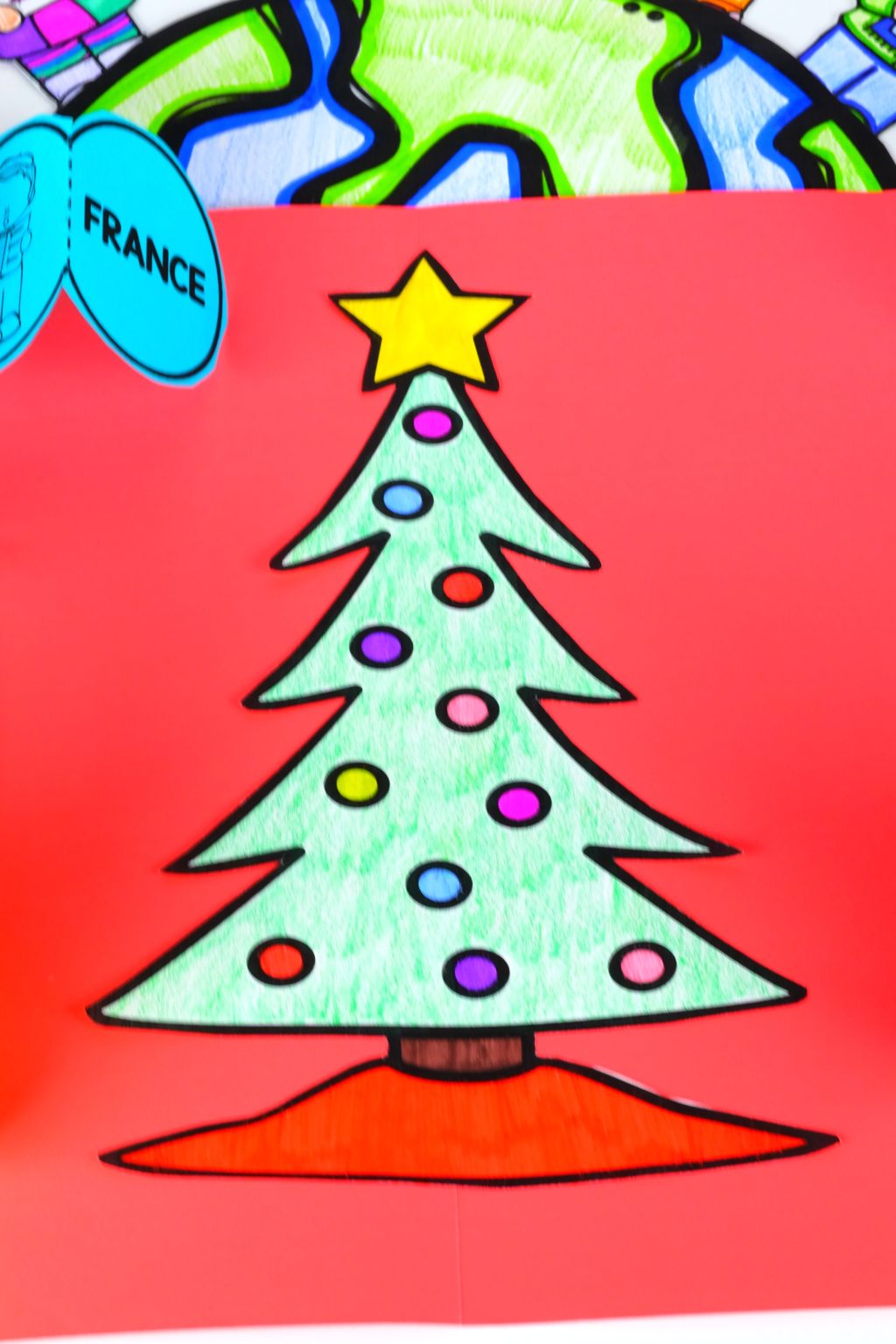
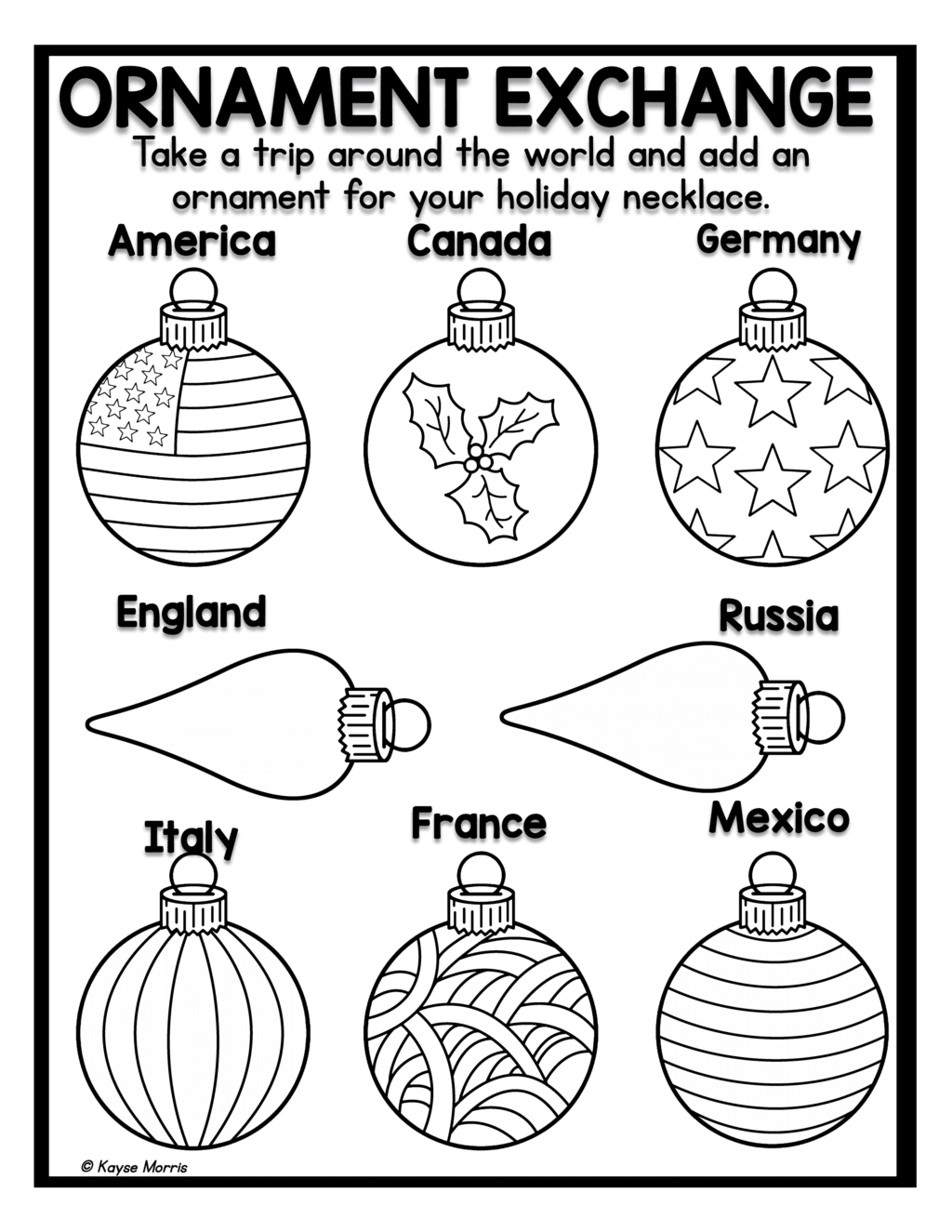
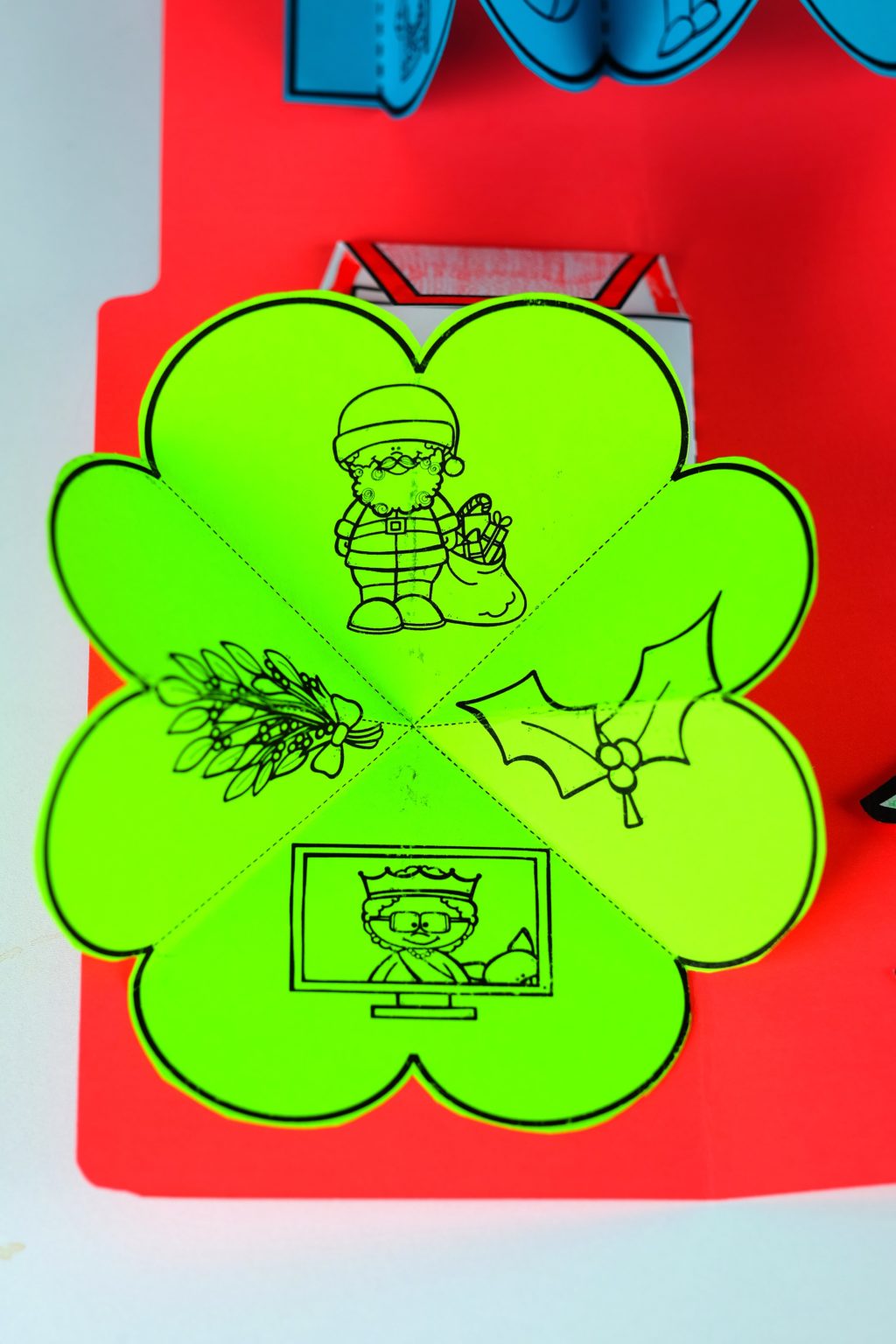
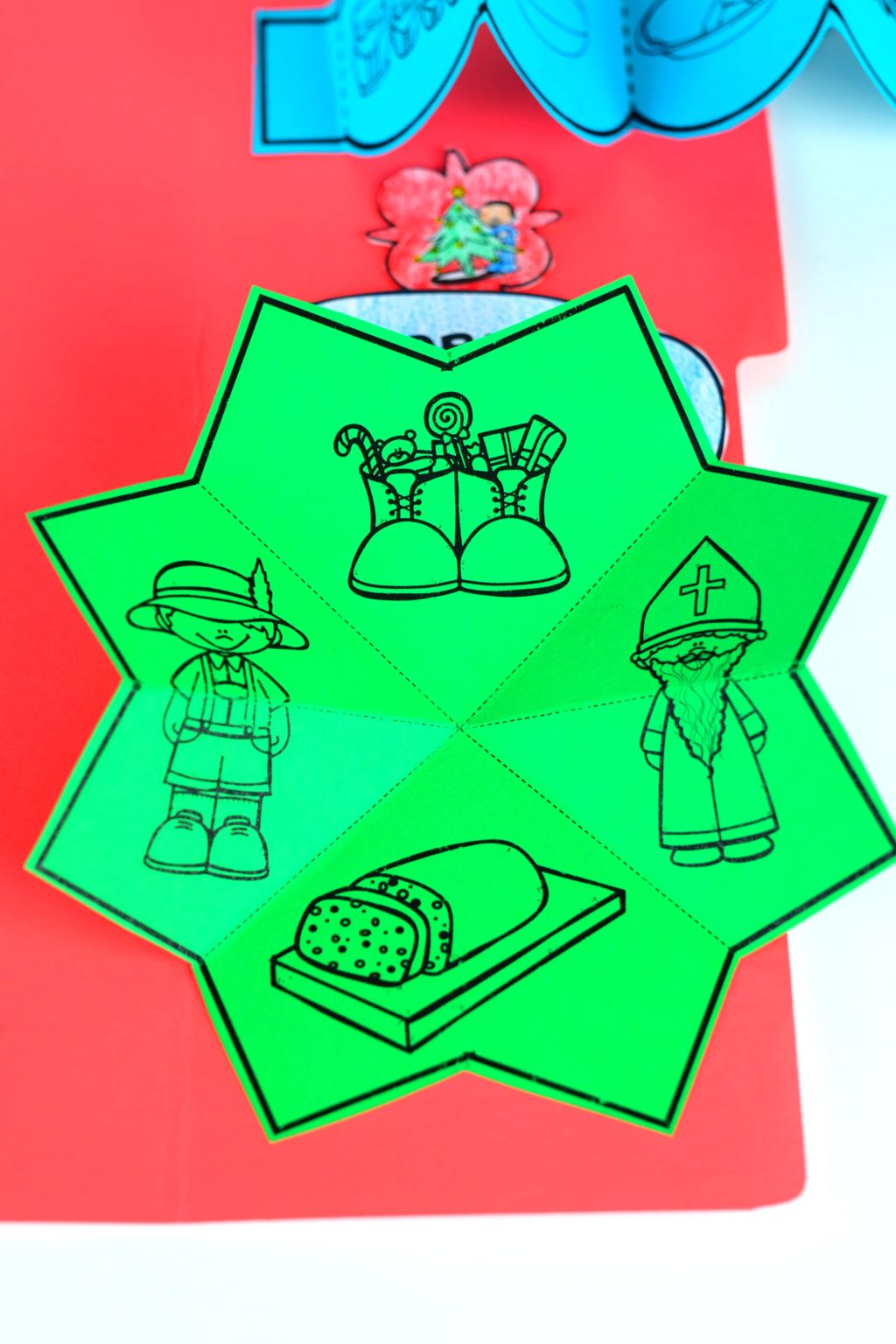
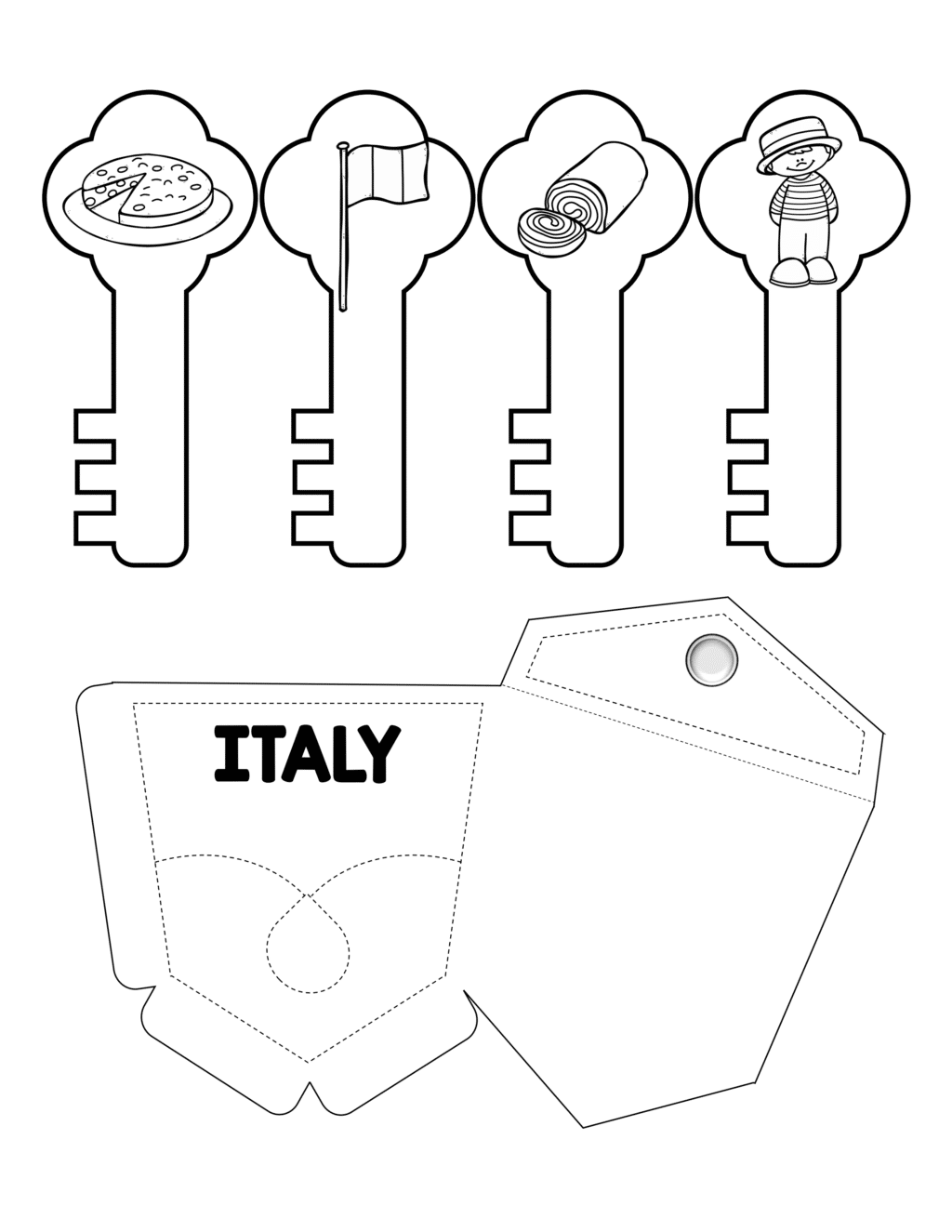

[…] If you’re a teacher and need some more holiday fun, read about hiding your classroom elf and creating a lapbook for holidays around the world. […]
What do you do with the Mexico pieces? I don’t see it on your picture example.